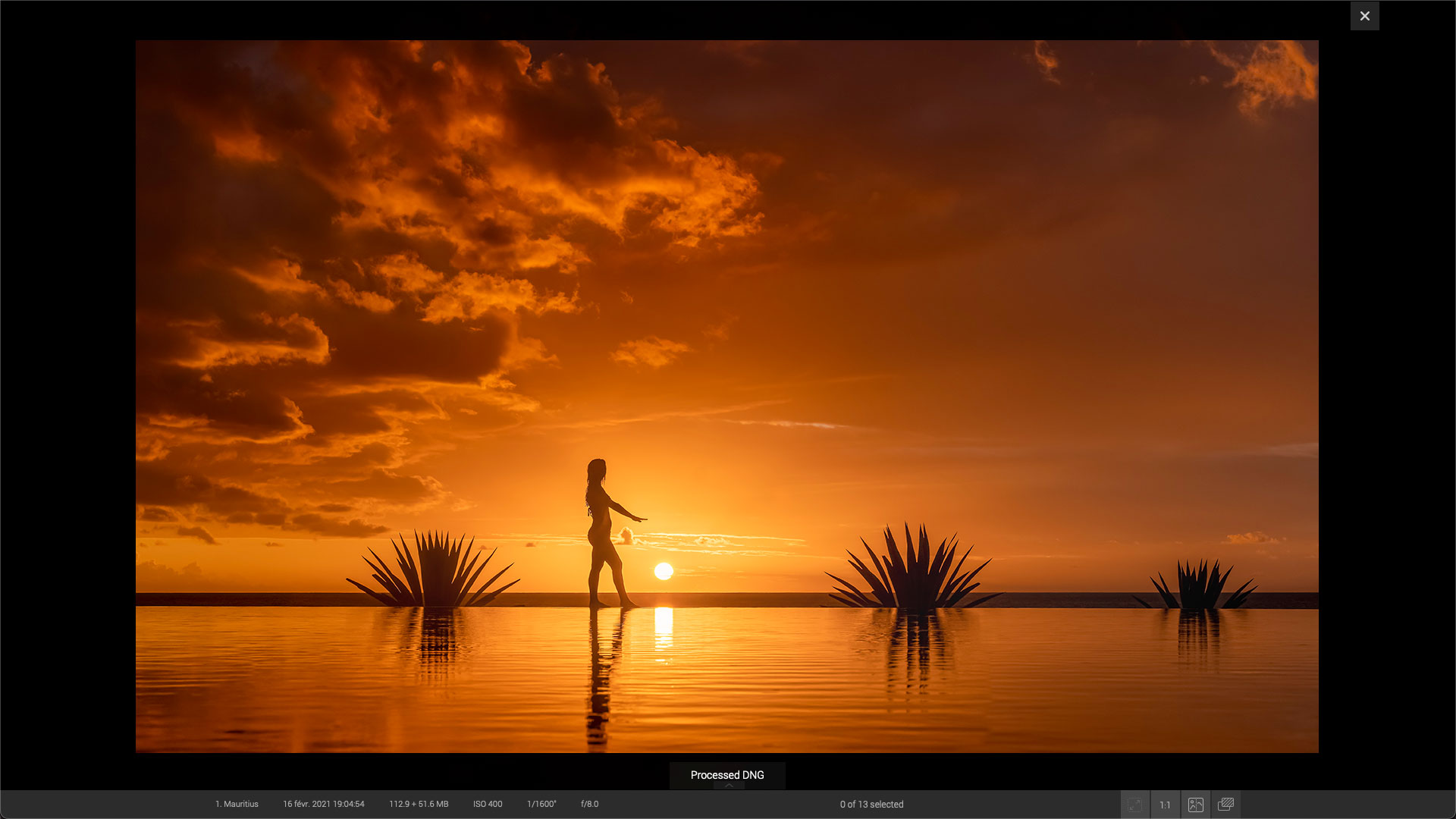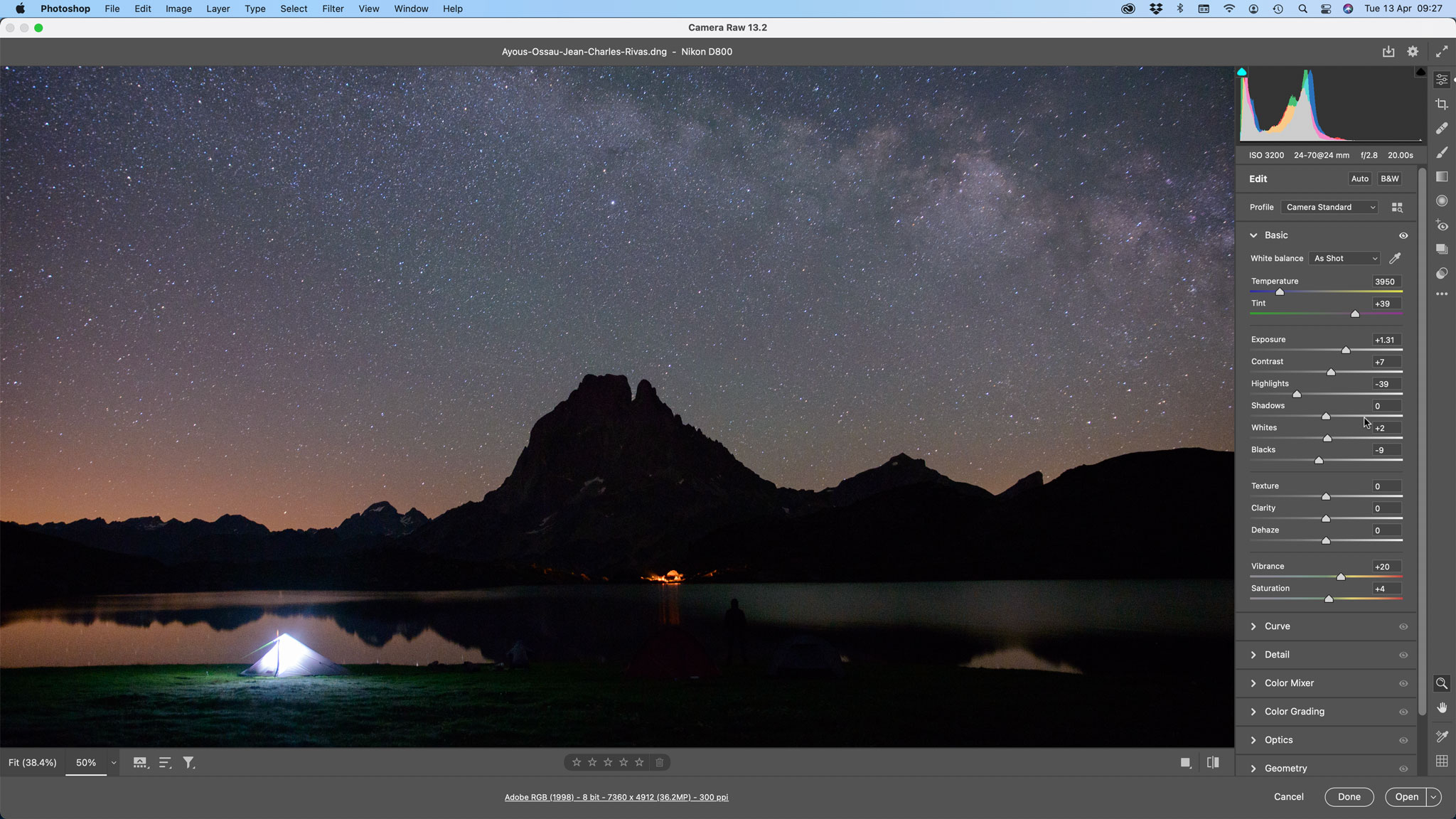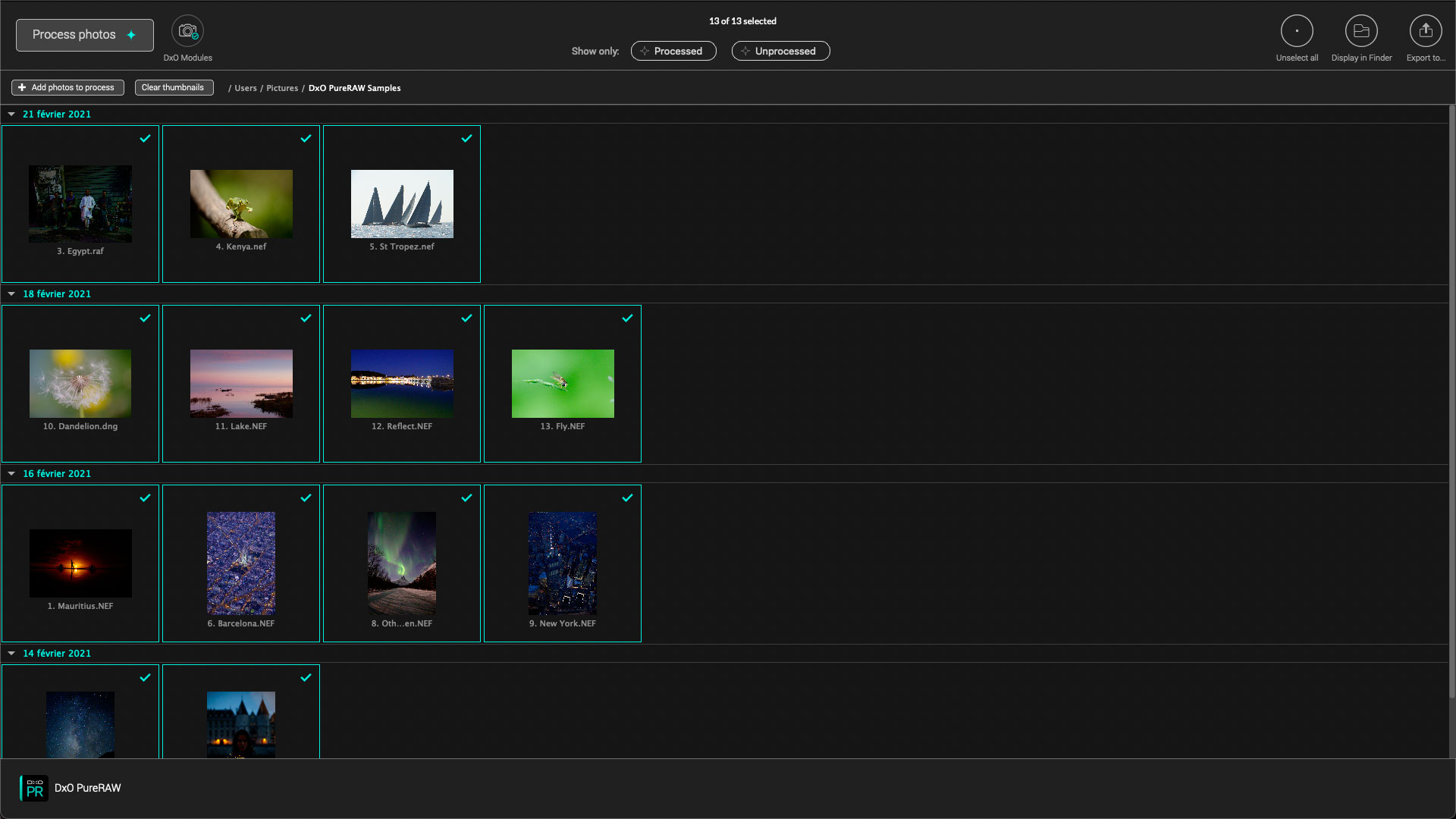DxO PureRAW can improve your raw files BEFORE you process them!
And it can integrate with any workflow, including Lightroom, Capture One, Affinity Photo and more

DxO has just announced a very clever variant of its powerful raw processing and lens correction software. DxO PureRAW can enhance your raw files ahead of use in Photoshop, Lightroom or other programs. It does not process your raw files as TIFFs or JPEGs, but produces an ’enhanced’ raw file with all the advantages of raw files for editing, but with DxO’s noise reduction and lens corrections already applied.
• Read our full DxO PureRAW review
This could solve a real problem for many photographers. All raw converters are not the same, and your favorite software – Lightroom, for example – may not be especially good at raw processing. Different programs, like DxO PhotoLab and Capture One, can often give much better results from the same original raw files.
PureRAW is designed to work within your existing workflow and alongside your favorite software. It uses the same processing technologies as DxO’s flagship PhotoLab software, but it’s for photographers who just want better raw files and don’t want to swap editing tools.
DxO’s speciality is its huge database of tens of thousand of camera/lens correction combinations, its remarkable DeepPRIME noise reduction, which DxO claimed can even differentiate between ‘bokeh’ noise in blurred backgrounds and regular image detail. It could even give your old camera gear (and old raw files) a new lease of life.

PureRAW and Linear DNGs
Regular raw processing tools take control of every stage of raw processing, including ‘demosaicing’ the red, green and blue pixels captured by the camera sensor to produce a full color image. They can then exploit the full range of tones and color information in this raw file for editing and enhancement.
The trouble is, raw processors are not all equally good at this demosaicing phase, which is one reason why raw files can often look a lot noisier than in-camera JPEGs if you are an Adobe user. You will also be dependent on the effectiveness of your software’s lens correction tools, if it has any, to fix issues like corner shading, distortion and chromatic aberration.
Get the Digital Camera World Newsletter
The best camera deals, reviews, product advice, and unmissable photography news, direct to your inbox!
PureRAW gets around this by creating a ‘Linear DNG’, which is like a part-processed RAW file. It demosaics the raw sensor data, applies DxO’s legendary lens corrections and uses its latest AI-driven DeepPRIME processing to remove noise while preserving detail.
As far as Photoshop and Lightroom and other software is concerned, a Linear DNG is just like a regular raw file, with all that brightness and colour information intact. The difference is that this file is now fully corrected for noise and lens aberrations before you even start.

How DxO PureRAW works
DxO PureRAW works as a simple batch conversion tool. There are no editing parameters as such because you can leave that to your regular photo-editing software.
Once you’ve added the images you want to process, you can just leave it to get on with it. PureRAW will output a new folder of Linear DNG files which you can import and edit in your regular software, just as you would normal raw files.
There are a couple of caveats. Linear DNGs tend to be about 3x larger than regular raw files, so you could use a lot of disk space if you process all your raw files with PureRAW. Second, it cannot process Fujifilm X-Trans raw files because of their unique color filter array (though it can process files from non-X-Trans cameras like the X-T200).
DxO PureRAW price and availability
DxO PureRAW is available today from the DxO website. There is a special launch price of $89.99/£79.99 until May 31, and after that it reverts to its full price of $129/£115.
Read more:
• Best photo editing software
• Best monitors for photographers
• Best portable hard drives
• Best photo editing laptops

Rod is an independent photography journalist and editor, and a long-standing Digital Camera World contributor, having previously worked as DCW's Group Reviews editor. Before that he has been technique editor on N-Photo, Head of Testing for the photography division and Camera Channel editor on TechRadar, as well as contributing to many other publications. He has been writing about photography technique, photo editing and digital cameras since they first appeared, and before that began his career writing about film photography. He has used and reviewed practically every interchangeable lens camera launched in the past 20 years, from entry-level DSLRs to medium format cameras, together with lenses, tripods, gimbals, light meters, camera bags and more. Rod has his own camera gear blog at fotovolo.com but also writes about photo-editing applications and techniques at lifeafterphotoshop.com
